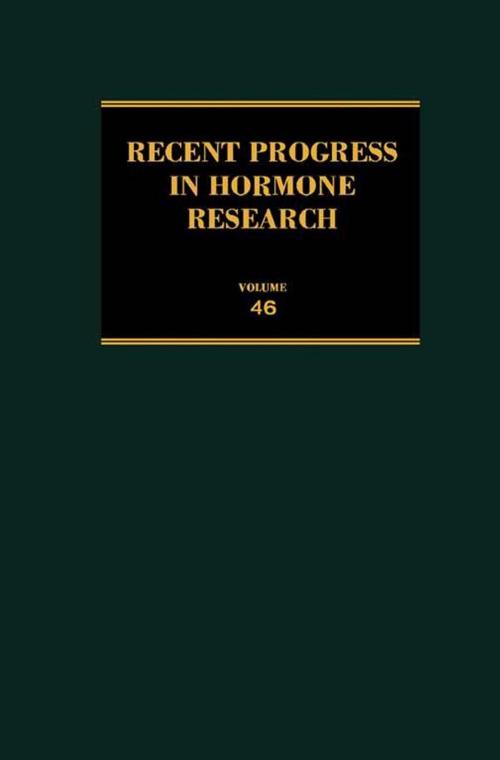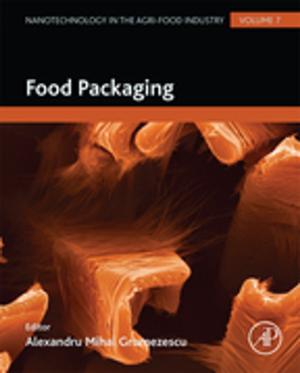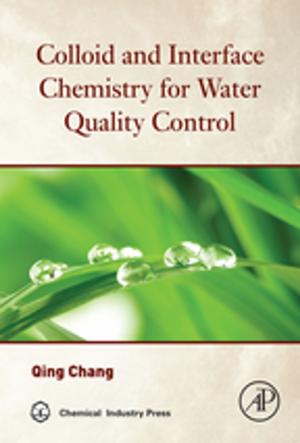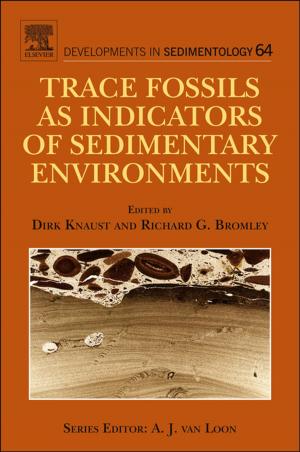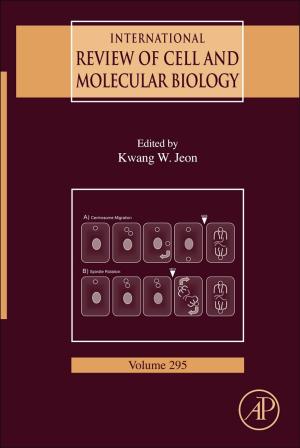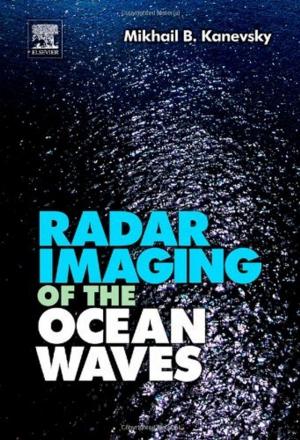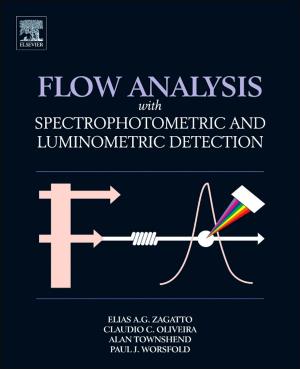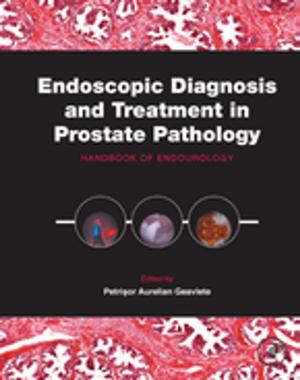Recent Progress in Hormone Research
Proceedings of the 1989 Laurentian Hormone Conference
Nonfiction, Health & Well Being, Medical, Medical Science, Physiology, Science & Nature, Science, Biological Sciences, Human Physiology| Author: | ISBN: | 9781483219660 | |
| Publisher: | Elsevier Science | Publication: | October 22, 2013 |
| Imprint: | Academic Press | Language: | English |
| Author: | |
| ISBN: | 9781483219660 |
| Publisher: | Elsevier Science |
| Publication: | October 22, 2013 |
| Imprint: | Academic Press |
| Language: | English |
Recent Progress in Hormone Research, Volume 46 provides a superior summary of the developments in the field of hormone research. The book discusses the molecular basis of androgen insensitivity; the tissue-specific expression of the growth hormone gene and its control by growth hormone factor-1; and the molecular characterization of mammalian tachykinin receptors and a possible epithelial potassium channel. The text also describes the properties of the guanylate cyclase receptor family; insulin-like growth factor-binding proteins; and growth hormone receptor and binding protein. Mutations in the insulin receptor gene in genetic forms of insulin resistance; the characteristics of the cAMP response unit; and the role and secretion of inhibin in the rat are also considered. The book further tackles the structure of the lutropin/choriogonadotropin receptor and the gene for multiple endocrine neoplasia type 2a. Endocrinologists, physiologists, and biochemists will find the text invaluable.
Recent Progress in Hormone Research, Volume 46 provides a superior summary of the developments in the field of hormone research. The book discusses the molecular basis of androgen insensitivity; the tissue-specific expression of the growth hormone gene and its control by growth hormone factor-1; and the molecular characterization of mammalian tachykinin receptors and a possible epithelial potassium channel. The text also describes the properties of the guanylate cyclase receptor family; insulin-like growth factor-binding proteins; and growth hormone receptor and binding protein. Mutations in the insulin receptor gene in genetic forms of insulin resistance; the characteristics of the cAMP response unit; and the role and secretion of inhibin in the rat are also considered. The book further tackles the structure of the lutropin/choriogonadotropin receptor and the gene for multiple endocrine neoplasia type 2a. Endocrinologists, physiologists, and biochemists will find the text invaluable.
